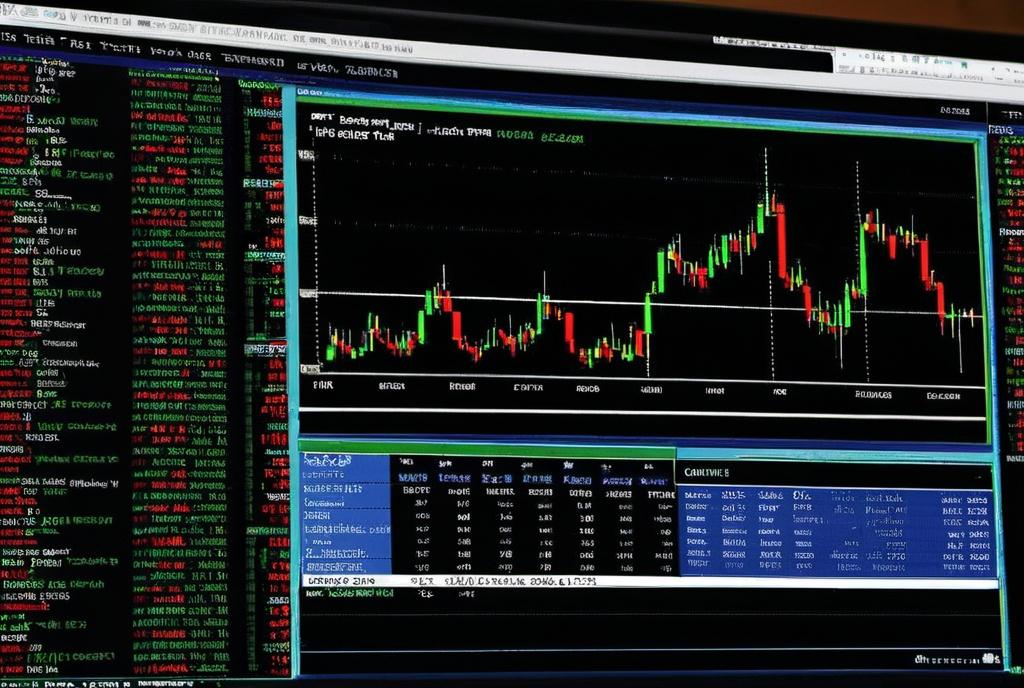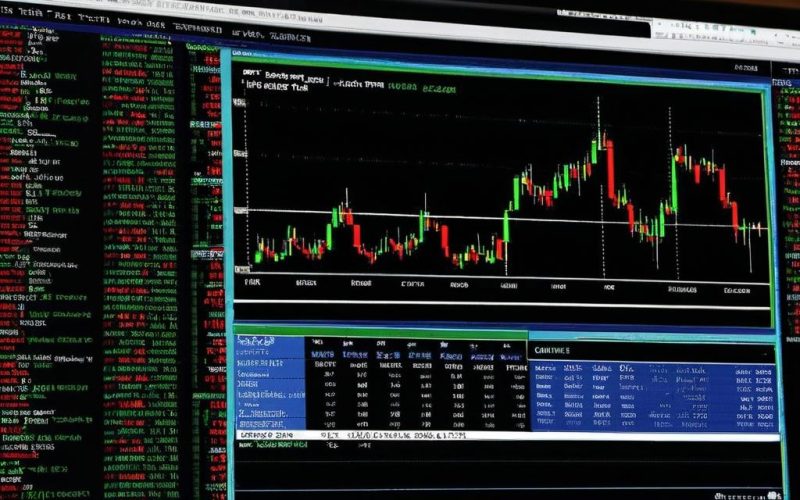Key Take Aways About Commodities (e.g., Gold, Oil, Silver)
- Commodity trading is accessible and involves hard (mined/extracted) and soft (agricultural) commodities.
- Commodities are volatile and offer portfolio diversification and inflation hedging.
- HIT software aids traders with real-time data, analytics, and alerts, facilitating informed decisions.
- Successful trading requires market analysis, precise execution, and constant monitoring.
- Challenges include market volatility, emotional management, and adherence to regulations.
- The Commodity Futures Trading Commission (CFTC) regulates U.S. markets for fairness.

The Intricacies of Trading Commodities
Commodities like gold, oil, and silver have been traded for thousands of years, yet they still hold an allure for investors today. Trading these precious resources can feel like you’re on a financial rollercoaster ride. While some folks make their fortunes, others, well, they get a financial haircut. But don’t worry; we’ll dive into the nuts and bolts of trading these shiny, slippery assets.
Understanding the Basics of Commodity Trading
Commodity trading isn’t just a rich person’s game. Anyone with a bit of knowledge—and some cash to spare—can get started. Commodities can be divided into two main categories: hard and soft. Hard commodities, like gold and oil, are typically mined or extracted. Soft commodities are agricultural products like wheat or coffee. Simple enough, right? But here’s where it gets fun – or confusing, depending on your perspective.
Why Trade Commodities?
Ever wonder why someone would choose to trade in bushels of corn or barrels of oil? Well, commodities have a unique nature; their prices can be highly volatile due to geopolitical tensions, weather changes, or economic shifts. The thrill of swinging prices and the potential for high returns can be irresistible. Plus, they offer an excellent way to diversify a portfolio, acting as a hedge against inflation or stock market downturns.
HIT Software: The Trader’s Ally
If you’re planning on jumping into the world of commodities, having the right tools can make all the difference. This is where HIT software comes into play. Think of it as your financial buddy, helping you buy and sell like a pro while keeping the chaos in check.
The Features of HIT Software
HIT software isn’t just about flashing numbers on a screen. It’s crafted to provide real-time data, analytics, and user-friendly interfaces. You get customizable dashboards, advanced charting tools, and even risk management features. All of these options are designed to aid traders in making informed decisions without feeling like they’re trying to decipher hieroglyphics.
Let’s not forget about the alerts. When prices start acting like a caffeinated squirrel, HIT software will buzz and beep, giving you the heads-up, and if you’re not a fan of surprises, this is a feature you’ll appreciate.
How to Trade Commodities Using HIT Software
Once you’ve got HIT software under your belt, trading commodities can become second nature. Here’s how to take advantage of its features.
Market Analysis
Start with market analysis. HIT software provides robust analytical tools, so whether you’re into trendlines, Fibonacci retracements, or just want to see candlesticks do their thing, you’ll find it here. After all, you wouldn’t want to go into a trade blindfolded.
Executing Trades
The execution of trades might range from being straightforward to feeling like you’re playing whack-a-mole. With HIT software, you can easily place orders, set stop-loss limits, and schedule trades, making it less of a hassle and more of an experience. Execute with precision and hope that lady luck is on your side.
Monitoring and Adjusting
Once the trade is in motion, monitoring is vital. HIT software keeps an eye on the market and provides up-to-the-minute alerts, so you can quickly adjust your positions. Whether you’re hedging your bets or locking in profits, staying reactive is key.
Challenges in the Commodity Trading Scene
Commodity trading isn’t all glitter and profit. The market can be as unpredictable as a cat on catnip, with prices changing rapidly due to external factors. A new regulation or a sudden geopolitical event can turn your winning streak into a losing one.
Emotional Management
Trading isn’t for the faint-hearted. It’s a mental game, often requiring nerves of steel. Many traders encounter the emotional rollercoaster first-hand, feeling like they’re on cloud nine one minute, then in the depths of despair the next. Successful traders often emphasize the importance of managing one’s emotions and sticking to a plan. But hey, easier said than done, right?
The Role of Regulations
Regulations play a significant part in commodity trading. They’re the unsung heroes, trying to keep the market fair, transparent, and orderly. In the U.S., for example, the Commodity Futures Trading Commission (CFTC) governs the commodity markets, ensuring that traders don’t engage in shenanigans like market manipulation.
Compliance isn’t just a buzzword; it’s vital for keeping markets—and traders—safe. Failing to adhere to regulations can result in hefty fines or even see you barred from trading entirely.
Final Thoughts
So, ready to take your shot at commodity trading? If you play your cards right, you might just find yourself enjoying the thrill of the chase. By using HIT software and maintaining a clear head, you can better navigate the stormy seas of trading gold, oil, silver, and more. Remember, in this game, knowledge isn’t just power; it’s your lifeline. Happy trading!
